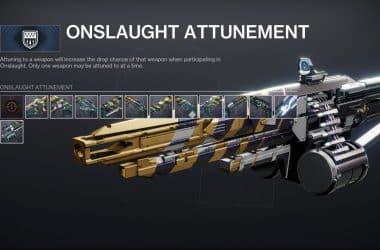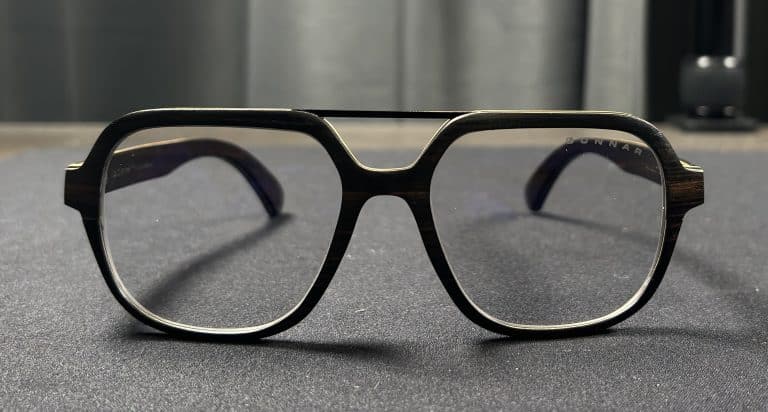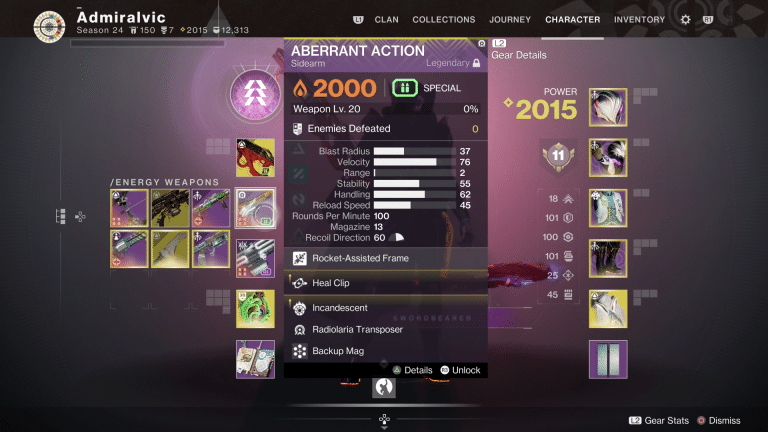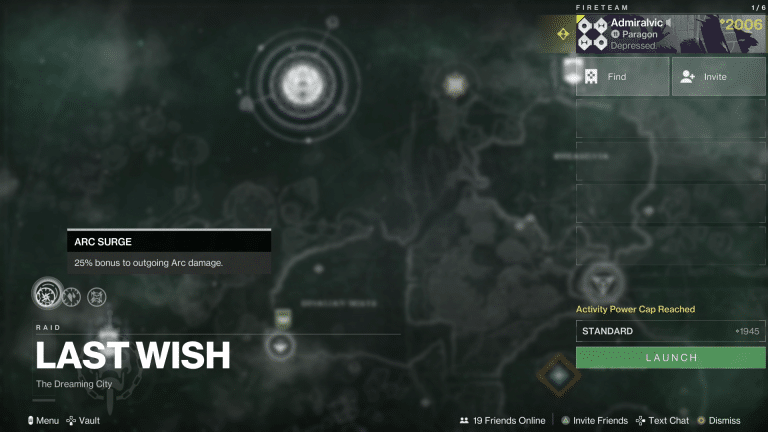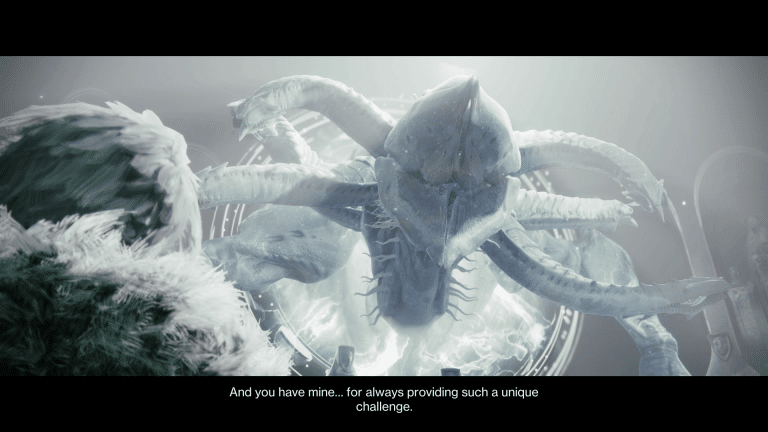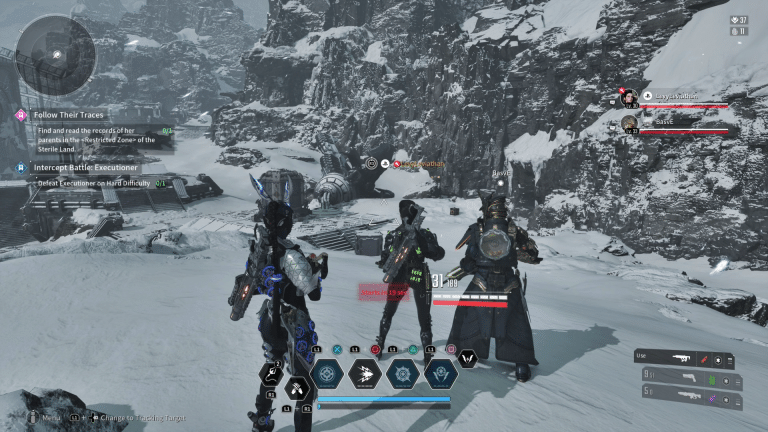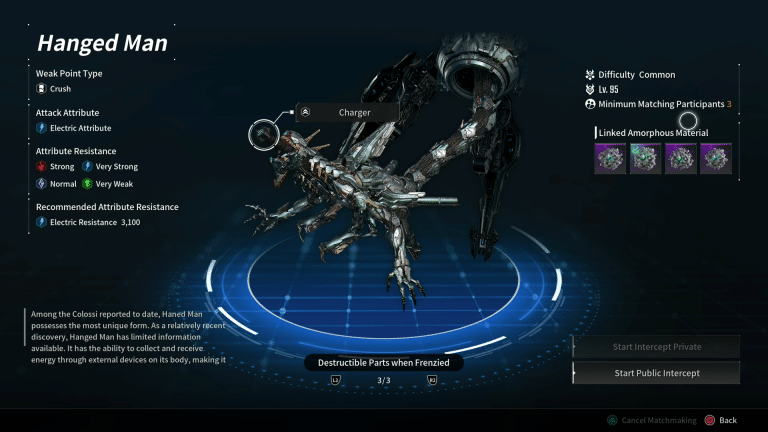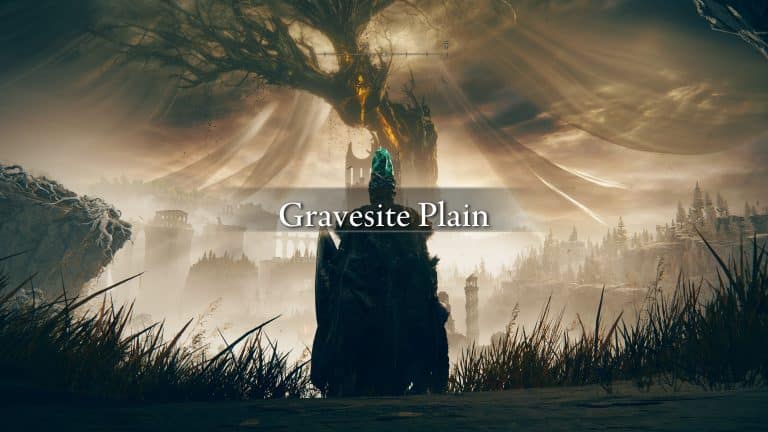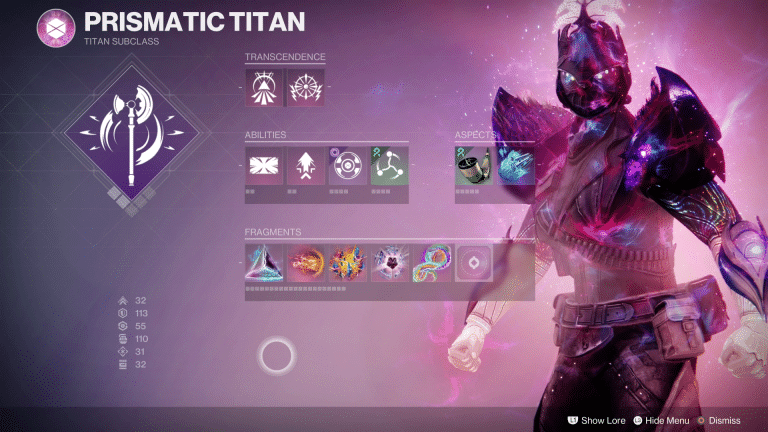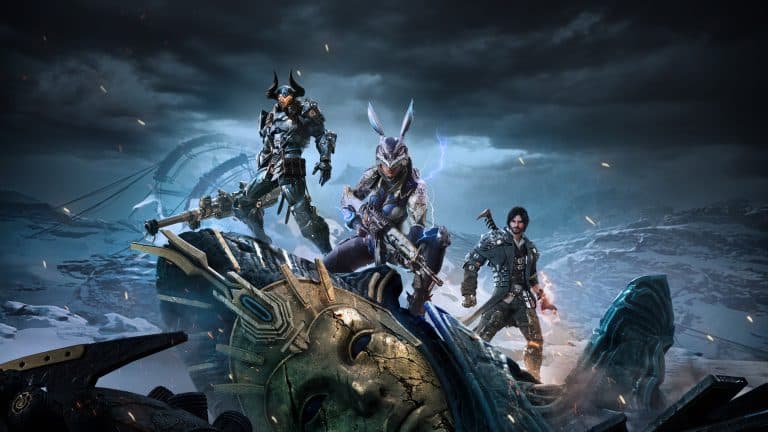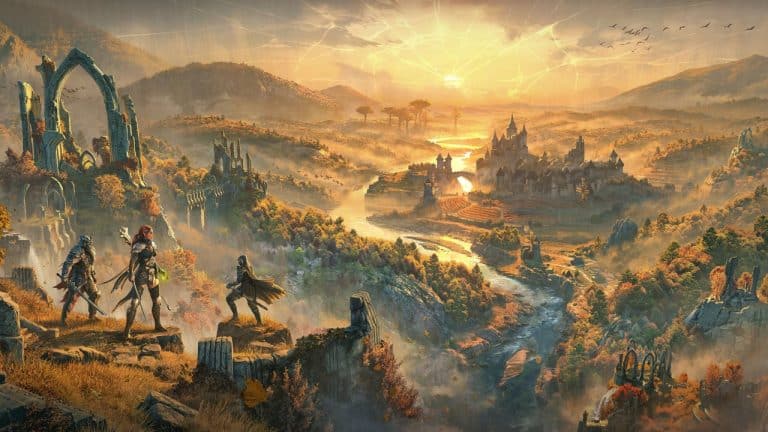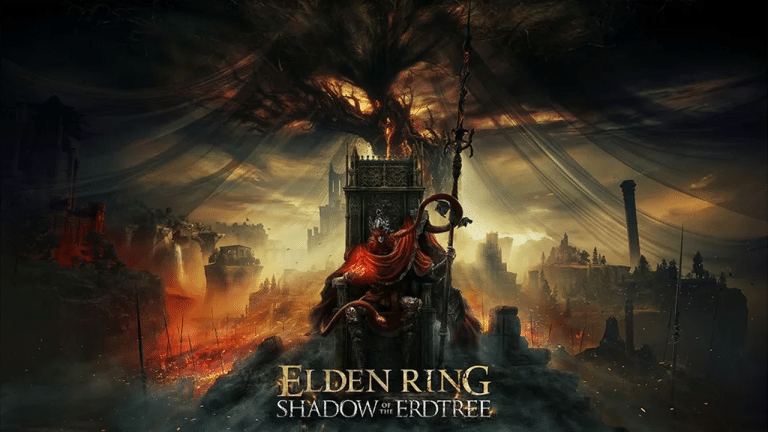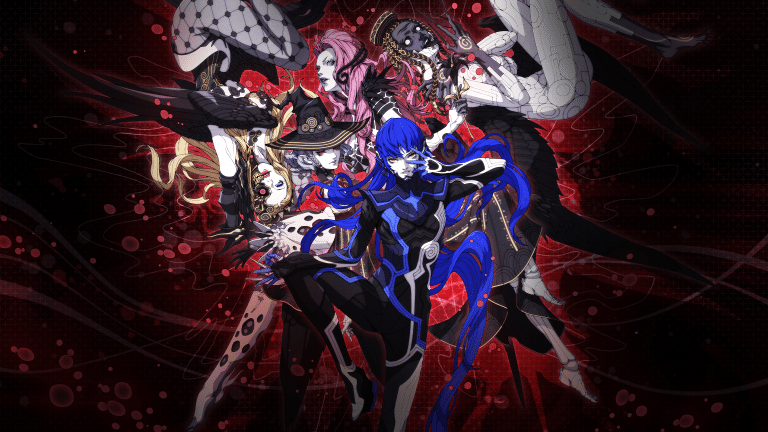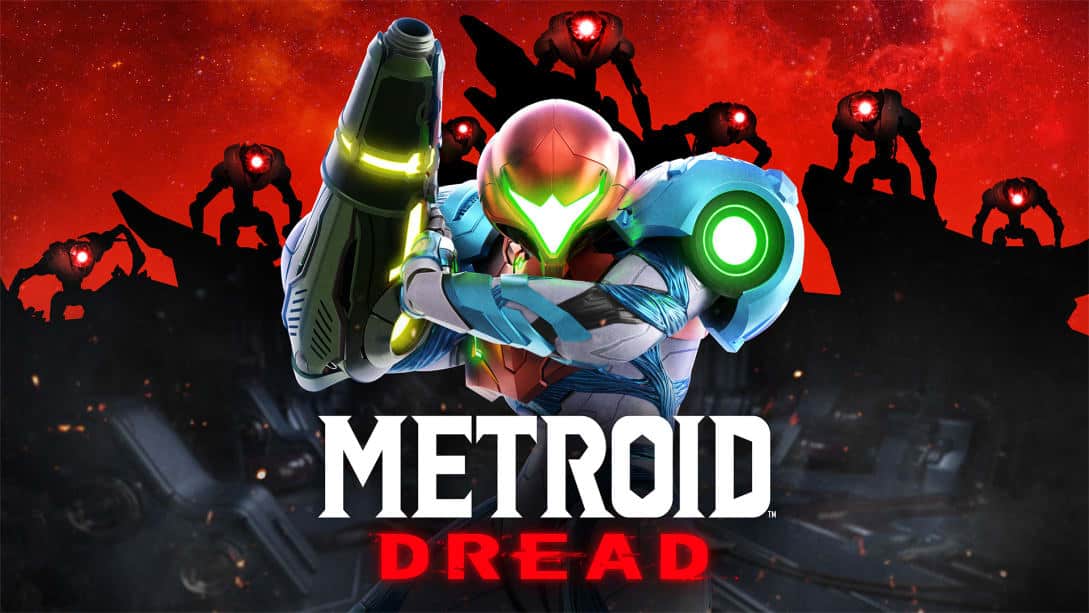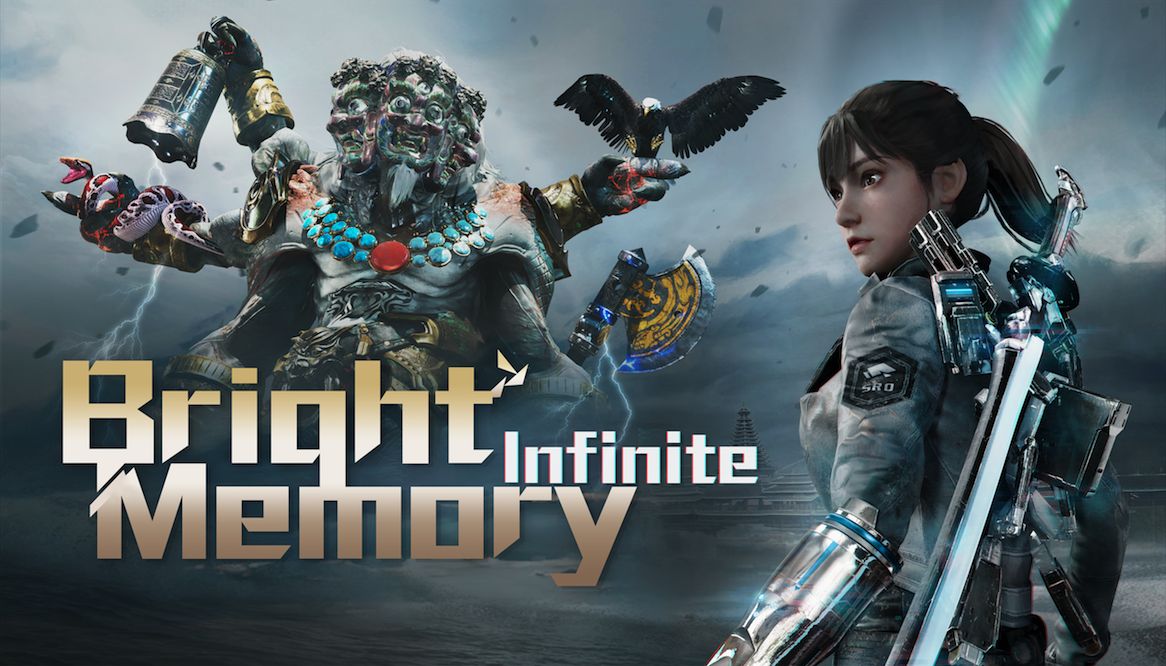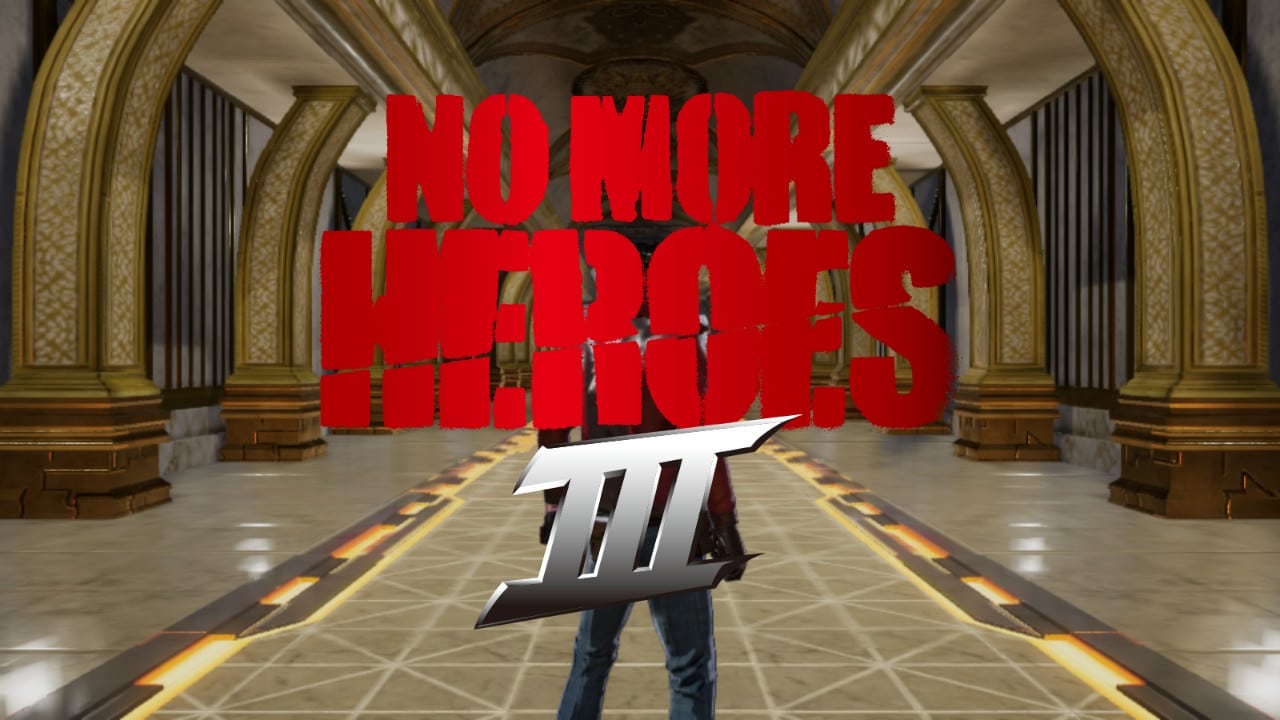Metroid has a rather interesting place in gaming history. Not only did it, along with Castlevania, usher in a new genre of games, it pushed equality long before it was a major talking point. Later titles built on this legacy, most notably Metroid Prime, with Metroid: Other M threatening to destroy it. Even if the series is a household name, it hasn’t always translated into success or sales, which is what makes Metroid Dread so important. Initial reactions aside, attempting to modernize the iconic gameplay is welcome, with the potential to revive the fanbase. However, with failed releases and whatever you want to call Federation Force, is Metroid Dread a return to form, or does it just fill players with dread?
Even though Metroid Dread takes place after the events of Metroid Fusion, there is a brief introduction that explains what players need to know. Essentially, the Galactic Federation found proof the X Parasite may still exist. For those unfamiliar with the series, they’re basically a shape-shifting blob that can potentially eradicate all life through their desire to consume. They’re also the driving force behind the Chozo creating the Metroid species the franchise is named after.
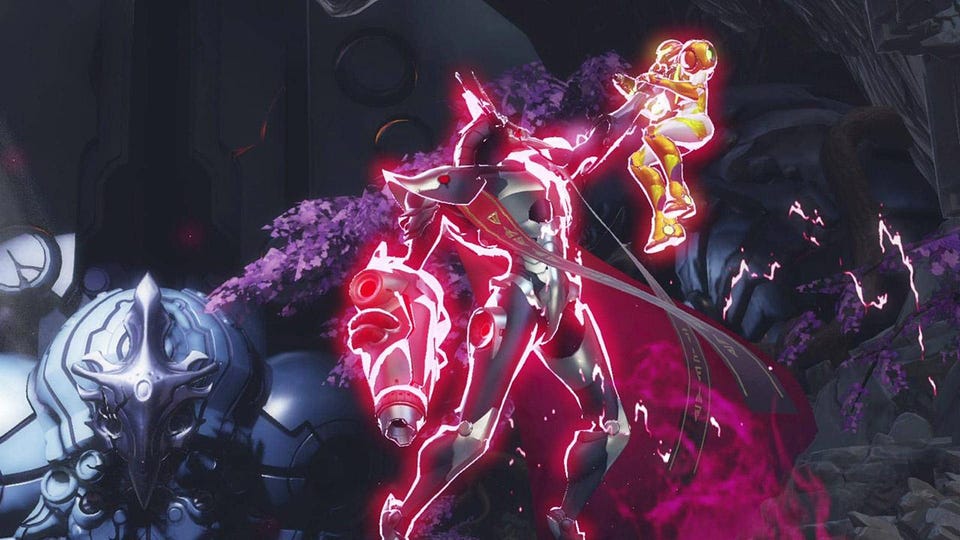
A powerful foe that starts your adventure off on an interesting note
Anyway, after a failed attempt to send research robots to ZDR, the location the Galactic Federation believes the X Parasite might be, resulting in Samus being sent to clean things up. After a brief altercation, Samus loses all her powers and must navigate to the surface, defeating the now hostile research robots and the X Parasite once and for all.
At first glance Metroid Dread is a paint-by-numbers Metroidvania title. Samus starts with her blaster, rockets, and iconic suit, slowly gaining the usual powers, like ball or Varia suit, in a seemingly explorable world that is actually linear. It’s the way everything is handled that allows Metroid Dread to ascend beyond being another clone.
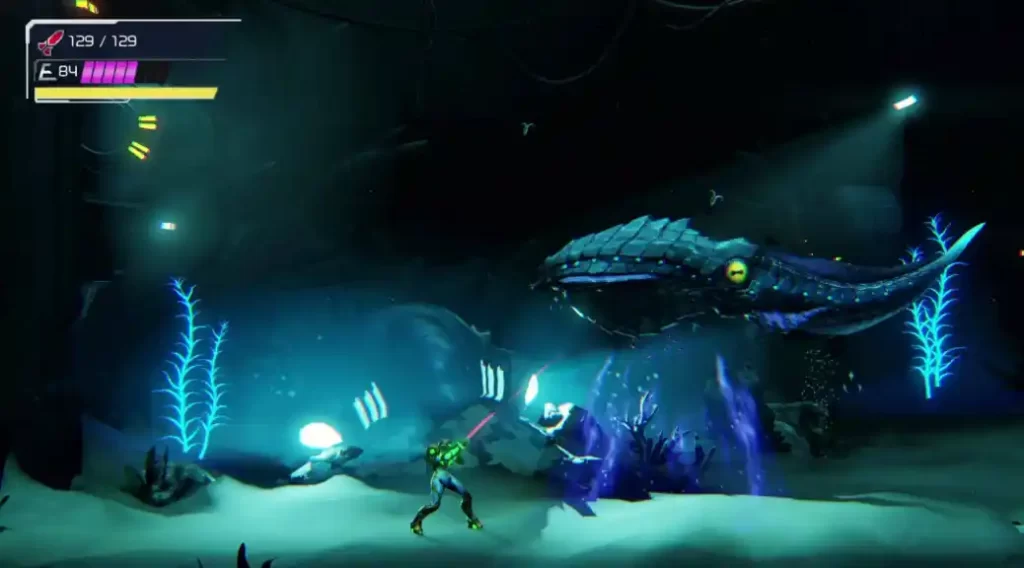
Just one of the areas Samus has to explore
One of the strongest additions is the art direction. In addition to looking varied and interesting, there is a strong sense of lighting and contrast that is brought together through illumination and fascinating iconography. So many of these rooms just beg to be explored, each with new threats, problems, or just enemies to overcome.
Enemies also offer formidable power, with even the weakest enemy potentially killing Samus, forcing players to adjust their tactics. Sometimes you’ll want to shoot from afar, charge a blast or wait for an attack that you can parry for an easy finisher. Those worried about skill, outside of the robots themselves, who will instantly kill anyone who fails the parry, enemies have a distinct flash and generous window. Not enough to trivialize them, though enough where someone paying a decent amount of attention can overcome.
Bosses follow a similar pattern. Many of them can be intimidating at first glance. They have rough moves, it isn’t always clear what needs to be done, with phases that last just long enough to get the best of even the most skilled players. On a rematch though, they’re easily defeated through tactics or later knowledge. Plus, knowing what you can do might change the experience, like in the case of Corpius, the first real boss, parrying its tail attack during its first form unlocks a delightful cinematic battle where players can either shoot or charge a blast for free damage.
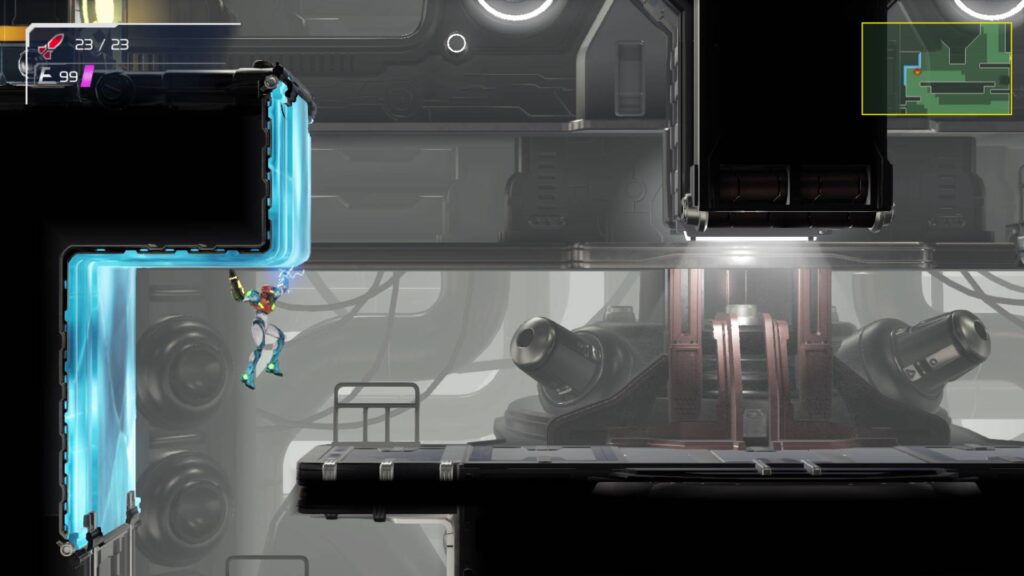
Unfortunately, the esoteric elements also sometimes work against Metroid Dread. Typically Metroidvania games are pretty straightforward in design. There are various paths, unlockables, and other things that require future knowledge/powers. Often times there is one path forward, this gives a new tool that players can use to access previously inaccessible locations. Even though the path forward might not be obvious, players also have a map that often shows locations that might have a potential path forward.
Where things go off the rails is, Metroid Dread understands this and often chooses hidden rooms or confusing objectives. A common chokepoint is after the first area, where all paths require currently unavailable powers (ice rockets, ball, Varia suit), with a single path leading forward. To progress, players need to shoot a specific wall at the start of the new area that leads to a new path. This is just one example of it but there are many more that can lead to a potentially unenjoyable experience. The same can be said about the stealth sections.
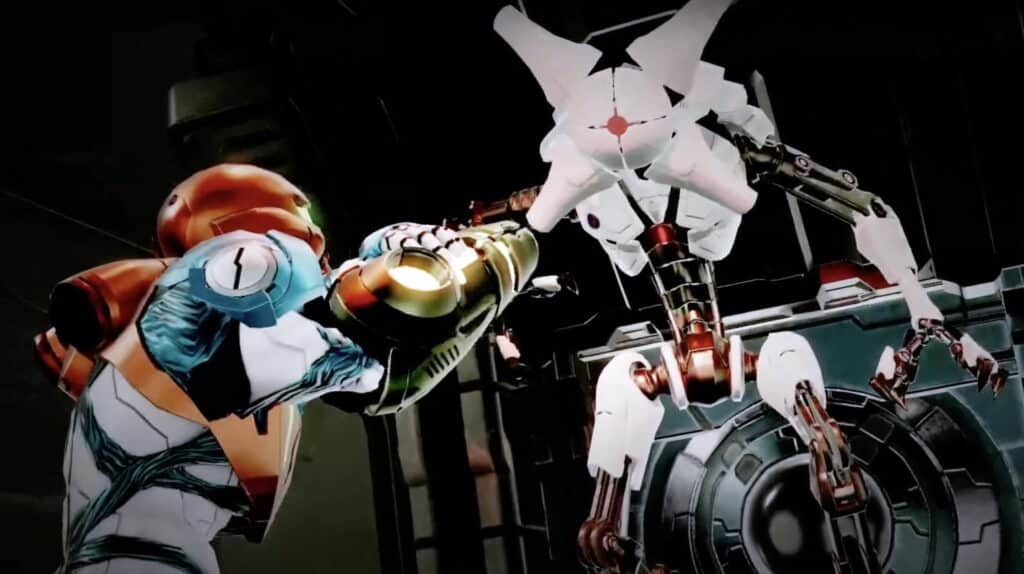
There is a reason dread is in the title
Instead of having the robots act as a looming threat in these specific locations, they typically chase after Samus regardless of what you do. Sometimes I found it easier to just alert them, force them down a specific path, opening up the path I wish to explore over trying to transverse via stealth. That being said, the capture animation will fill players with dread and their eventual defeat is quite satisfying.
Metroid Dread Review Verdict
Metroid Dread: Metroid Dread might not be perfect but it is a solid experience. The story eventually builds to a stunning climax, with gameplay that rewards those who like to explore. Progression can sometimes prove rather frustrating, along with the dread sections feeling more scripted than suspenseful but the overall package is quite nice. Needless to say, Metroid Dread is a must for Metroid fans or anyone who wants to get into the classic Metroid experience. – Grant
[Editor’s Note: Metroid Dread was reviewed on Nintendo Switch and a copy was provided to us for review purposes.]





